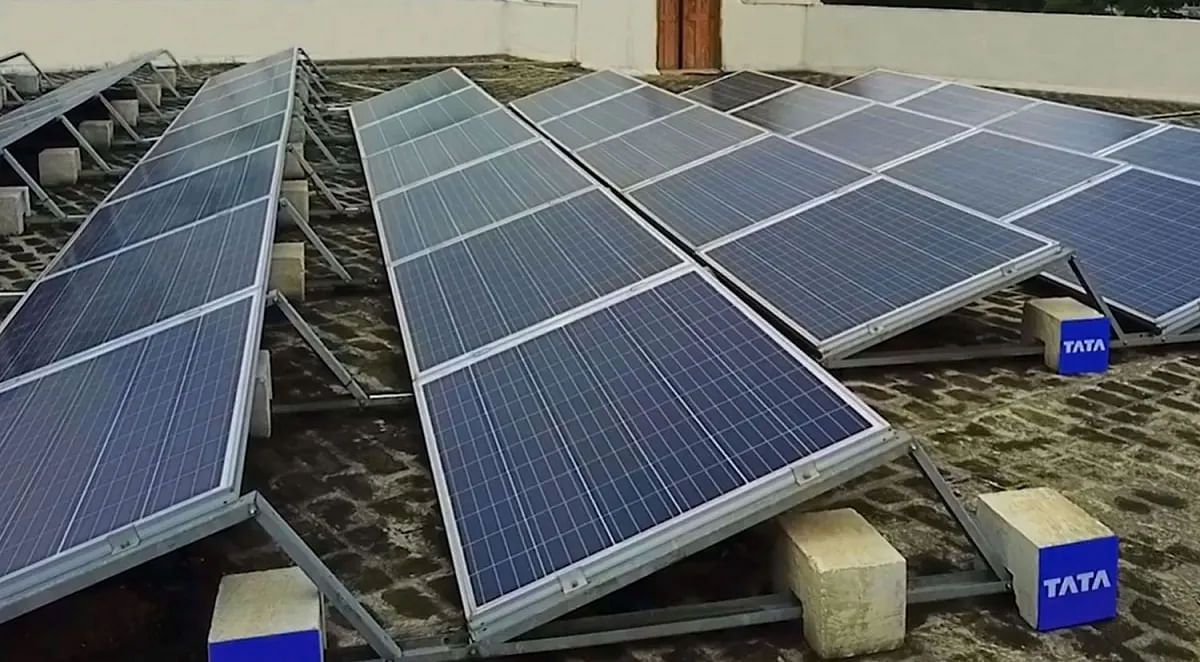Powering Sustainability
In a significant move towards sustainable energy, the UT Administration in Chandigarh has mandated the installation of rooftop solar power plants on all government houses. The Chandigarh Renewable Energy Science and Technology Promotion Society (CREST) will spearhead the initiative, targeting approximately 4,000 government houses with a collective capacity of 12 MWp.
Progress and Targets
Presently, solar plants adorn 600 houses, contributing to the city’s leading position in solar power generation among all Union Territories. Despite falling short of the 75 MWp target by December, Chandigarh boasts over 63.59 MWp solar power capacity. The Administration now aspires to achieve 100 MWp by 2025 and has a vision for the city to become a model solar city.
Expanding Solar Footprint
A roadmap is underway to meet the ambitious target of generating solar power by 2030. Plans include the establishment of two 3 MWp floating solar power plants at tank number 5 and 6, another 2.5 MWp at tank number 1 and 2 in Sector 39, and four canal-top solar photo voltaic power plants on N-Choe and Patiala ki Rao seasonal rivulets.
Residential and Institutional Integration
In January, the Joint Electricity Regulatory Commission approved grid-connected rooftop power projects for domestic consumers under a build, operate, and transfer model. Chandigarh residents owning plots of all sizes are eligible, aligning with CREST’s target to achieve 20 MW capacity through rooftop solar power plants.
Mandatory Adoption
Mandatory installations extend to houses with an area exceeding 500 yards, while government buildings, offices, and educational institutions with electricity loads over 30 kW must install solar power plants. Private educational institutions with a load exceeding 30 kW are required to install a minimum 5 kW solar power plant. The UT Administration’s commitment to renewable energy marks a pivotal step towards a sustainable and eco-friendly future.
Source:tribuneindia.com





